If You're Going to Catch Big Fish, Go to Where the Big Fish Are
by Brent Reed
I recently went on a fly-fishing trip with family and friends to the San Juan River. We spent a week floating the river and fishing for rainbow and brown trout. As I reflected back on my trip, I started thinking about how does one catch big fish? I’ve been flyfishing for 30+ years and there are a few things that I’ve learned about this.
First, you need to do your research to find the right water to hold big fish. Once you’ve found the right water, you need to identify the most likely places within that water where big fish hold up. That can be tricky depending on water conditions and time of year. Again, one needs to research and plan before going out to find the most likely areas. Next is selecting the right gear and tackle (Tools) that will give you the best chance to catch and land that big fish. Again, that takes research and planning. You wouldn’t want to catch a big fish on your kids Snoopy fishing rod with 3 pound line. You may catch it but you probably won’t land it. Once you’ve put all this together, you are now ready to go out and try it. Oh, one other bit of advice, if you want to improve your odds you might want to hire a professional guide to help you out and speed up the learning curve.
I began to realize that there is a lot of similarity between catching big fish and a lot of the things we do at Scythe and Spade. For instance, looking for the right water is much like seeking the right investors who are actively investing in agriculture. Once the investors are identified, one then needs to determine what areas of the agricultural asset class the investors are targeting. This is much like finding the areas in the stream or lake where the fish are located. You then need to use tools to help the investors find the right assets to match what they have targeted, and then once the investments have been identified and thoroughly vetted, its then time make an offer on that targeted investment.
This is much like how one offers a fly to a fish. At this point the fish may or may not take the offering. Sometimes they bite on the first cast and other times it may take multiple casts or require changing a fly to get the fish to bite. This is much like the offer and counteroffer process to acquire the right investment for the investor.
We are constantly seeking out investors who have or are considering a strategy to invest their capital in agricultural properties that generate solid financial returns. We align with the investor to pair that investor’s capital with the right agricultural assets. We use tools to help identify the right investors. We then strive to develop relationships with those investors so we can better understand the type of agricultural assets that best fit their investment strategy. This is when we deploy our proprietary tools to research and diligence the right assets that best fits the investors strategy. The utilization of our tools such as Farm Base ™ gives us and the investor a panoptic view of the agricultural asset, which then expedites diligence, helps to mitigate risk and enables us to quickly assess potential returns. This is much like using the right fly rod, line, and fly to improve the chances of landing that big fish. If this is done correctly the odds of a successful transaction are greatly improved and the agricultural asset is positioned to perform well for the investor.
It's humbling to think the skills developed fishing for big fish may be valuable in daily work activities, …or maybe I’m just justifying my love of fishing.

